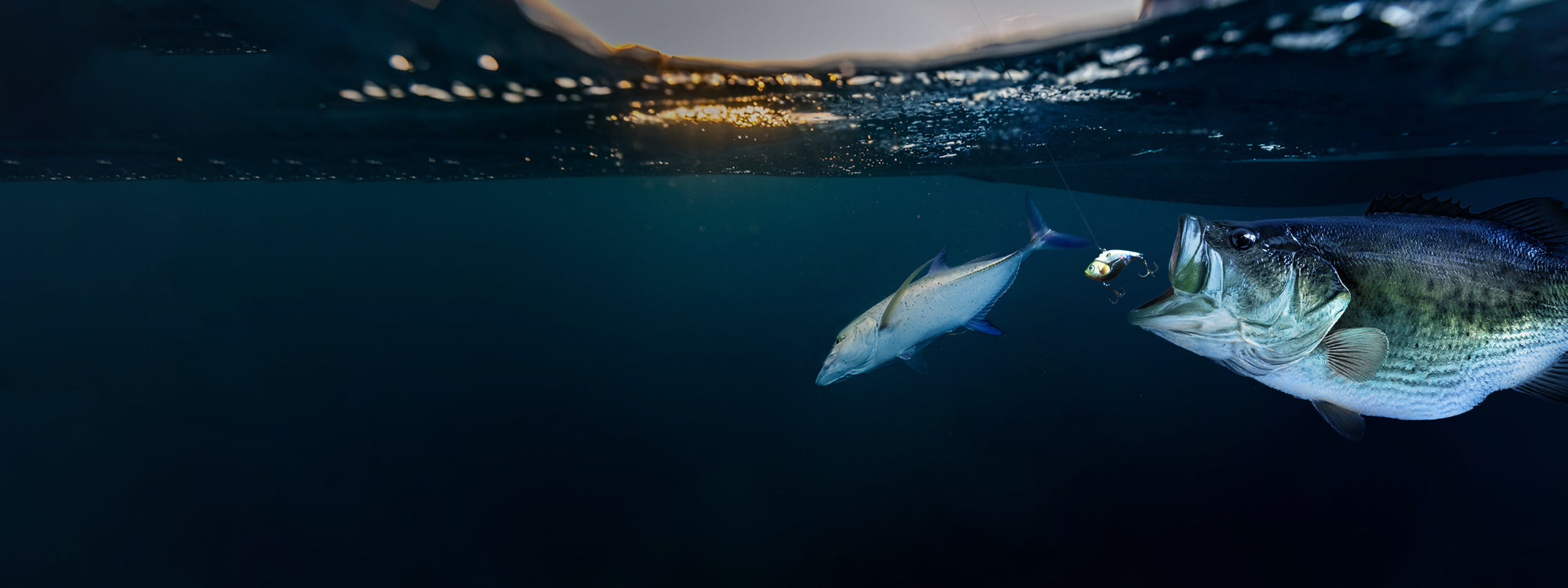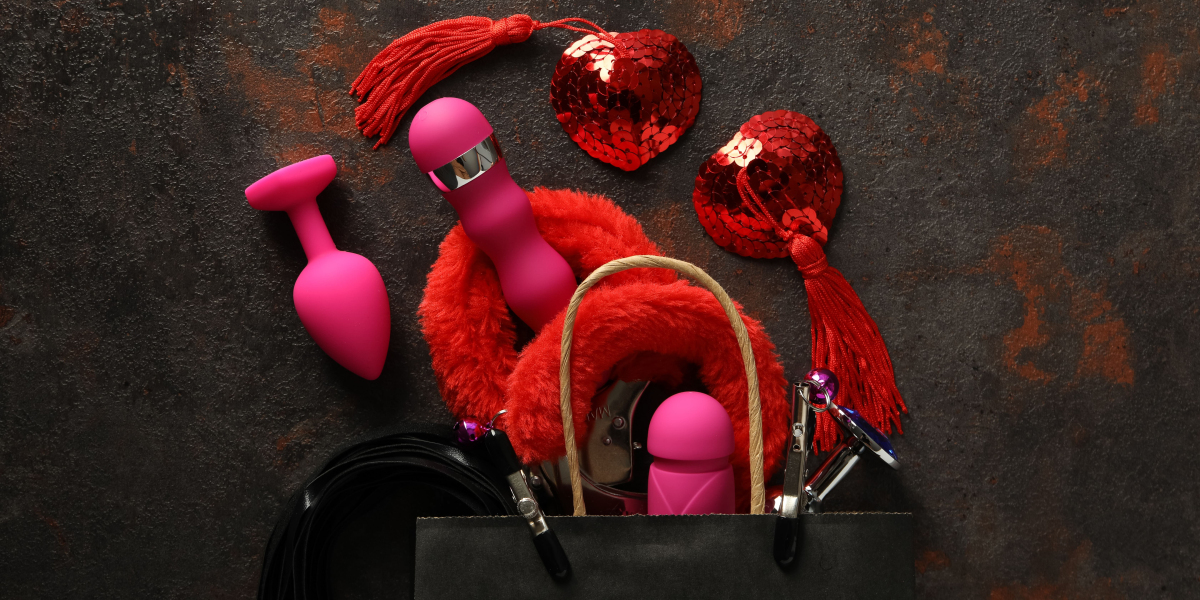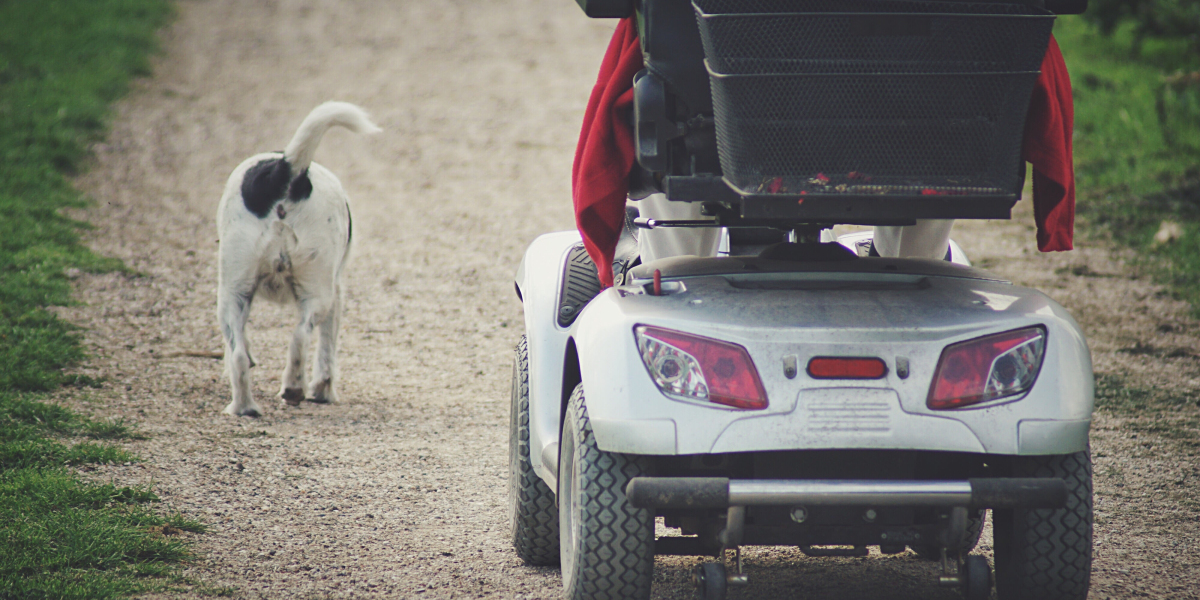Unlock the Secrets to Catching More Bass This Summer!
As the days grow warmer and the sun shines brighter, the excitement of summer bass fishing comes alive. Anglers across the country gear up for one of the most thrilling seasons to hit the water, where the challenge of catching that elusive trophy bass is always on the horizon. However, success on the water hinges on more than just luck; it involves strategic planning and a deep understanding of bass behavior during the summer months. Choosing the right lures based on varying water conditions and the shifting habits of bass can make all the difference. In this article, we’ll explore the best summer bass fishing lures, ensuring that you’re well-equipped to reel in your biggest catch yet.

Understanding Bass Behavior in Summer
During the summer, bass exhibit distinct behaviors that every angler should understand. As water temperatures rise, bass tend to seek cooler, deeper waters, often congregating around structures such as rocks, submerged trees, and vegetation. Their feeding patterns also shift; bass are more opportunistic and active during dawn and dusk, capitalizing on the cooler temperatures. My friend Mike, an avid bass fisherman, often swears by early morning outings, claiming that the first light brings the best bite. Additionally, warm weather can lead to increased fishing pressure, causing bass to become more cautious. Therefore, understanding these behavioral nuances is crucial for selecting the right lures and fishing locations.
Essential Summer Bass Fishing Lures
When it comes to summer bass fishing, a well-rounded selection of lures can significantly enhance your success. Here are some of the best categories to consider:
Topwater Lures
Topwater lures are a favorite among anglers, particularly during the early mornings and late evenings when bass are actively feeding near the surface. The visual excitement of watching a bass explode on a topwater lure is unmatched. Techniques such as walk-the-dog or popping can effectively entice strikes. I remember one summer evening, casting a topwater frog over a lily pad field; the thrill of the hit still gives me goosebumps!
Crankbaits
Crankbaits are excellent for targeting bass in deeper waters during the heat of the day. By selecting crankbaits that dive to the appropriate depth, anglers can mimic the movements of baitfish. A steady retrieve often works best, but varying your speed can also trigger strikes. My friend Sarah once caught her personal best by simply changing her retrieve speed, proving that adaptability is key.
Soft Plastics
Soft plastics are incredibly versatile and can be presented in numerous ways, from Texas-rigging to drop-shotting. Choosing the right color can also make a difference; natural hues tend to work well in clear water, while brighter colors may attract bass in murky conditions. Experimentation is part of the fun—I’ve had great success with a green pumpkin color during summer outings.
Jigs
Jigs are a go-to option for fishing heavy cover, which is where many bass seek shelter during hot weather. They can be flipped or pitched into thick vegetation, and their effectiveness lies in their ability to imitate a variety of prey. Adjusting your jig's weight to match the depth and current conditions is crucial for success. I’ve often found that a slow, steady retrieve works wonders when fishing jigs in the summer.
Tips for Choosing the Right Lure
Selecting the right lure can often feel overwhelming, but a few practical tips can simplify the process. First, consider the water clarity; clearer waters typically call for more natural colors, while murkier conditions may benefit from brighter, more vibrant hues. Additionally, time of day plays a role; during bright midday hours, deeper diving lures may prove more effective. Lastly, take into account the specific fishing location—areas with heavy cover might require jigs, whereas open water could be ideal for crankbaits. Always be prepared to adjust your lure selection based on these factors.
Seasonal Adjustments and Techniques
As summer progresses, conditions can change rapidly, and so should your fishing techniques. For instance, as water temperatures peak, bass may become lethargic, requiring a slower presentation to entice them. Additionally, as aquatic vegetation grows, adapting your approach to target the edges of these areas can yield great results. Staying flexible and observant to the changing environment is essential to maintain a successful fishing strategy throughout the summer.
Mastering Summer Bass Fishing
Summer bass fishing is an exhilarating experience that can lead to some memorable catches. By understanding bass behavior, choosing the right lures, and adapting your techniques throughout the season, you’ll significantly increase your chances of success. Remember, whether you’re watching a topwater lure dance across the surface or feeling the thump of a jig in heavy cover, the right approach can make all the difference. So gear up, get out there, and unlock the secrets to catching more bass this summer!








